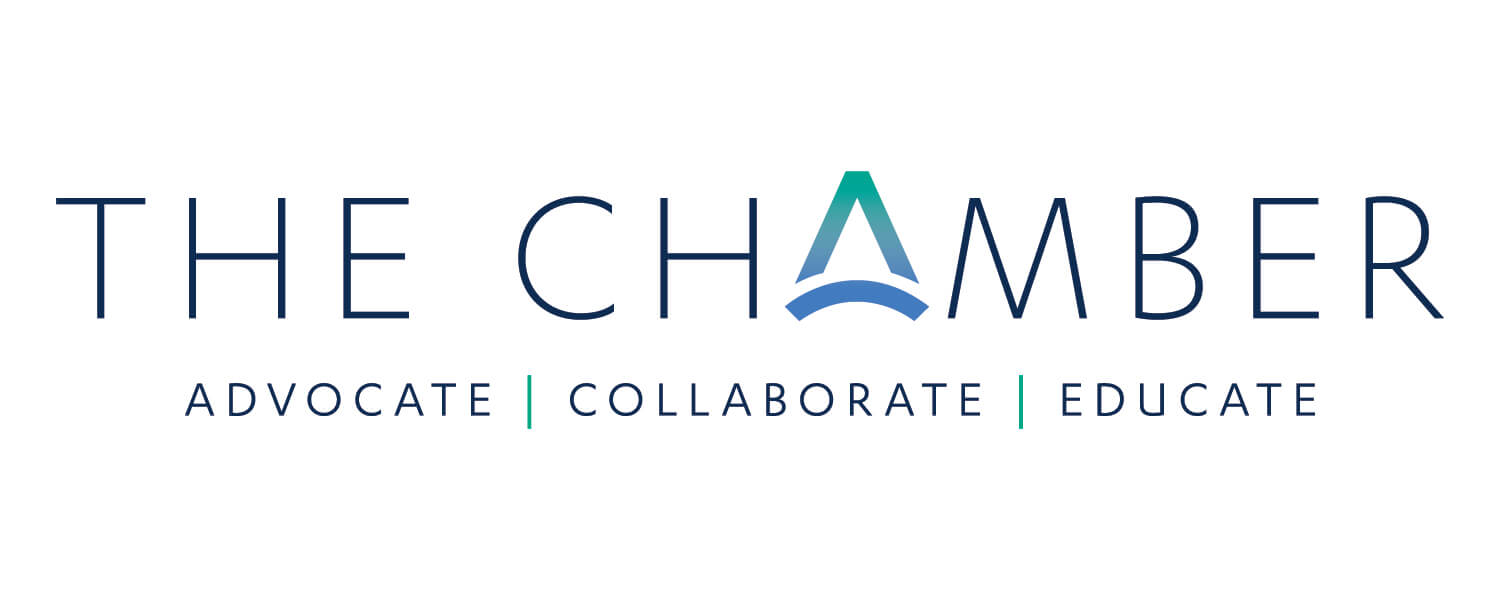Practical Ways Local Businesses Can Manage Debt, Cash Flow, and Growth Risks
You’ve likely felt it already: the economy is moving faster than it used to. Costs rise unpredictably, consumer spending patterns shift, and lenders are tightening requirements. For small business owners, financial resilience is no longer a luxury — it’s a survival skill. With a proactive approach, you can reduce risk, stay flexible, and position your company for steady growth no matter the climate.
Diversify Where Your Money Comes From
Relying on a single funding source — whether it’s a local bank loan or one large client — creates unnecessary vulnerability. Building multiple streams of financial support spreads the risk and increases options when times get tough.
-
Explore community development financial institutions (CDFIs) for mission-driven loans.
-
Maintain good standing with online lenders like Bluevine or Fundbox that specialize in working capital solutions.
-
Look into government-backed programs such as SBA microloans.
-
Strengthen local partnerships — sometimes your chamber of commerce or industry association has access to grants or pooled funding resources.
Why Understanding Loan Agreements Matters
Financing can be a lifeline, but only if you know what you’re signing. Repayment schedules, interest structures, and default clauses can make or break your cash flow. Many owners rush through paperwork without recognizing how small details — like variable rates or hidden penalties — can snowball into bigger financial strain later.
That’s why it pays to study how agreements are written. Using online tools to outline a loan agreement helps you review terms with clarity and confidence. Breaking down the moving parts of a contract — payment terms, collateral requirements, exit clauses — gives you leverage in negotiations and peace of mind in uncertain times.
Manage Debt and Strengthen Creditworthiness
Debt itself isn’t the enemy; mismanaged debt is. Keeping a healthy debt profile can actually help you build credibility with lenders and vendors.
-
Keep utilization ratios (how much of your credit you’re using) below 30%.
-
Make automatic payments to avoid late fees — services like QuickBooks can automate scheduling.
-
Monitor your business credit score through bureaus like Dun & Bradstreet.
-
Refinance or consolidate debt when interest rates are favorable to free up cash flow.
Guard Against Cash Flow Shocks
Unexpected expenses or seasonal dips in revenue are where many small businesses stumble. A resilient business plans for these disruptions.
|
Challenge |
Potential Impact |
Mitigation Strategy |
|
Seasonal revenue dips |
Payroll pressure, lost staff |
Build a cash reserve equal to 3 months expenses |
|
Late client payments |
Vendor strain, fees |
Offer early-payment discounts; set stricter terms |
|
Rising supplier costs |
Margin erosion |
Negotiate bulk rates or diversify suppliers |
|
Emergency repairs |
Cash drain |
Secure a line of credit before you need it |
Even simple tools like Wave for free invoicing or Gusto for payroll management can help you spot and smooth gaps.
FAQ: Financial Resilience for Small Businesses
How much cash reserve should my business have?
Aim for 3–6 months of operating expenses. Seasonal or high-volatility businesses should plan toward the higher end.
Is it better to pay off debt quickly or keep extra cash?
Balance is key. Pay down high-interest debt, but maintain liquidity to handle unexpected expenses.
Do small businesses really need business credit?
Yes. A strong credit profile reduces borrowing costs and signals reliability to vendors and partners.
How can chambers of commerce help with resilience?
Many chambers host financial workshops and maintain local lender connections that can open doors for small business owners.
A Proactive Plan Wins the Long Game
Financial resilience isn’t about perfection — it’s about preparation. By diversifying funding, managing debt smartly, strengthening your credit, and building cushions against cash flow challenges, you give your business the ability to bend without breaking. That flexibility not only helps you weather downturns but also equips you to seize opportunities others miss.
Discover how the GMFS Chamber can empower your business with advocacy, collaboration, and education across Northern Waukesha County and beyond!

